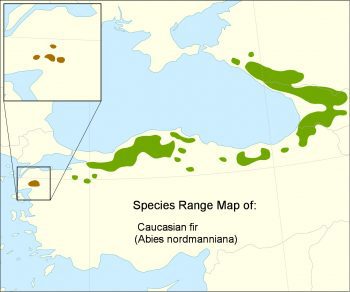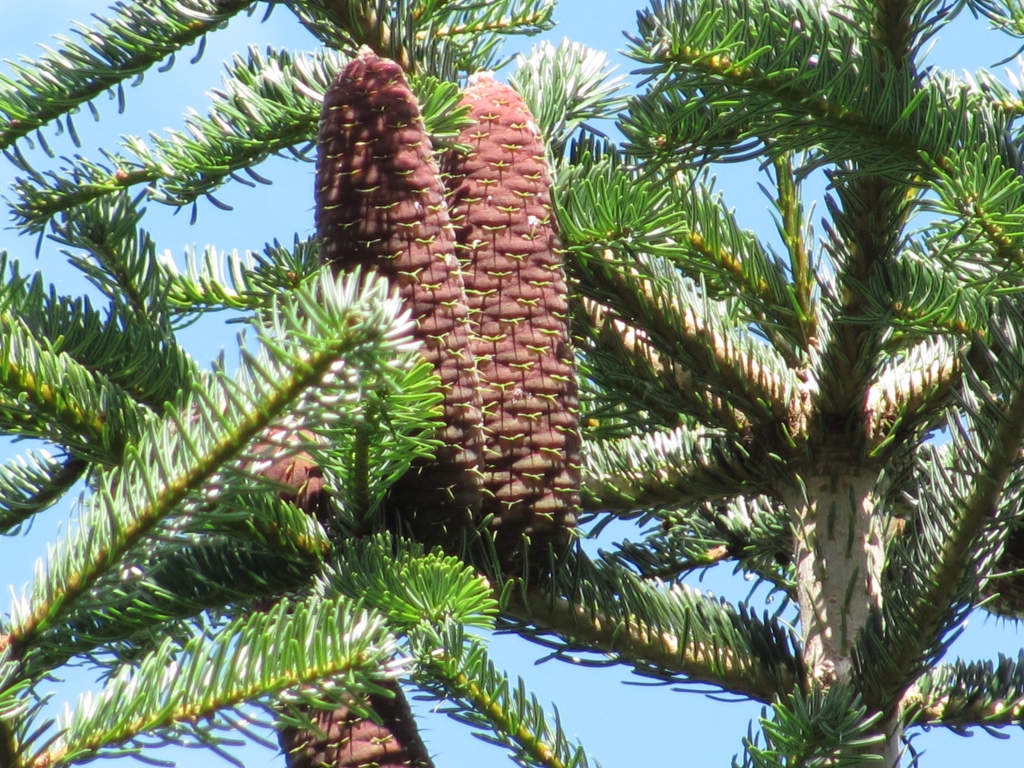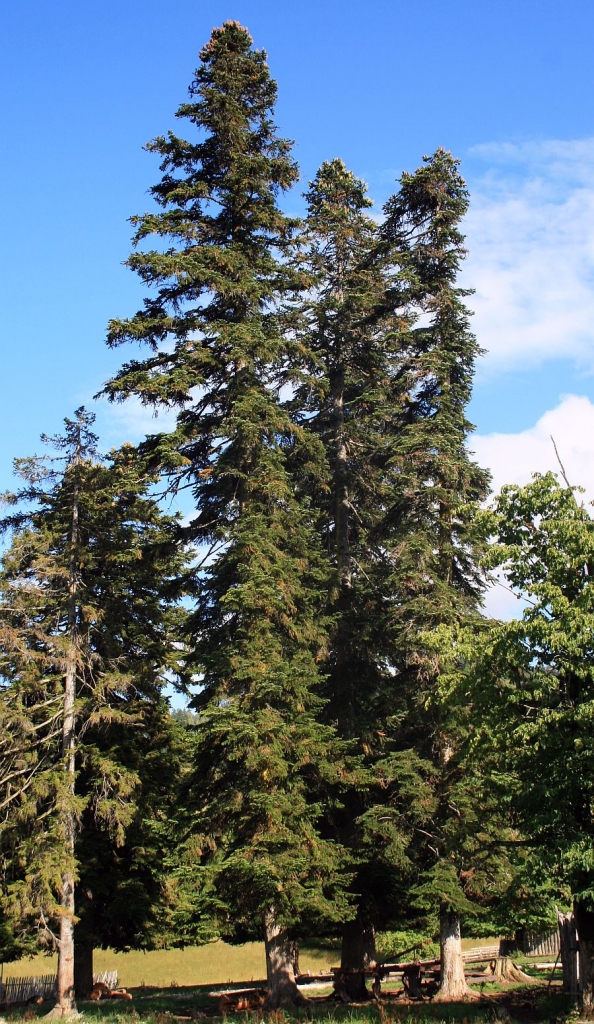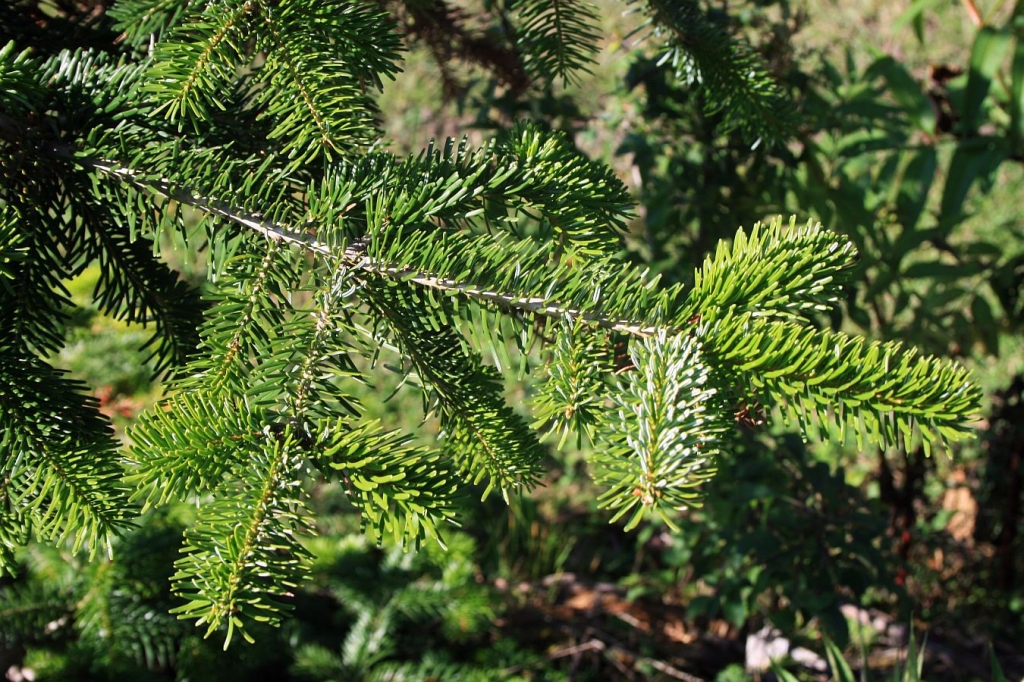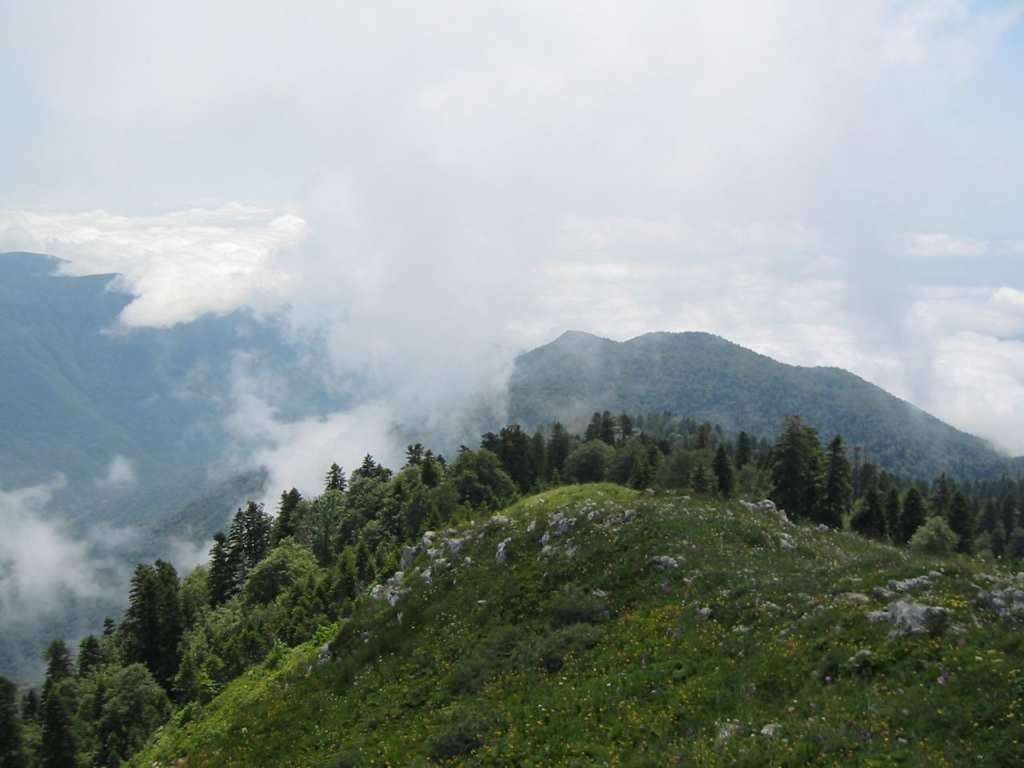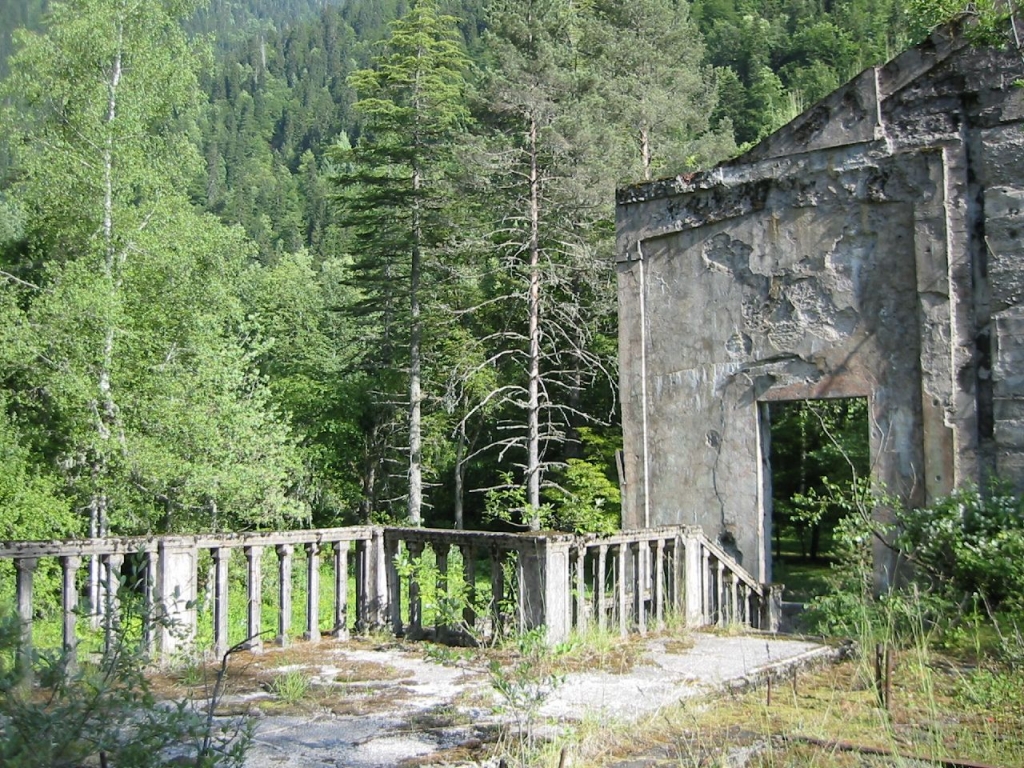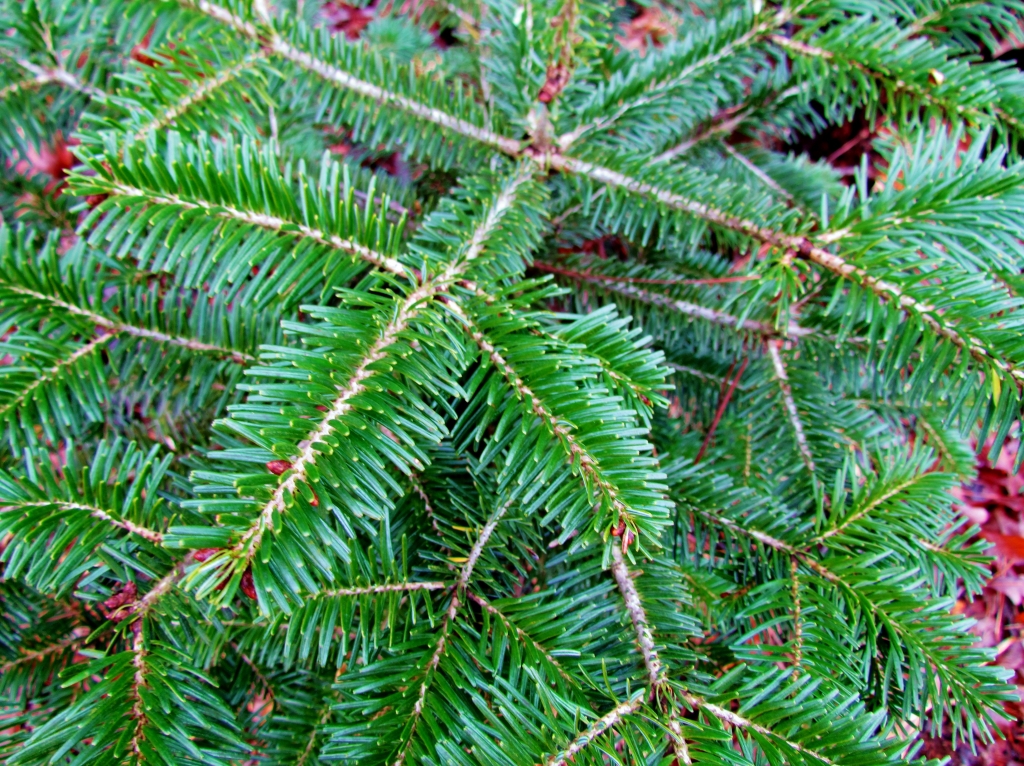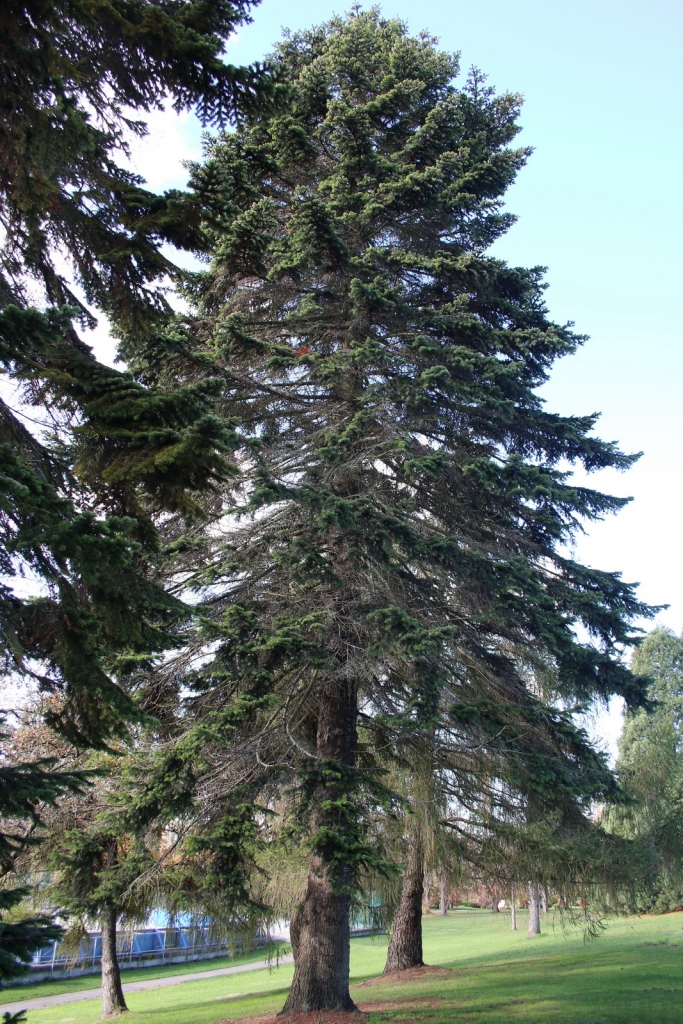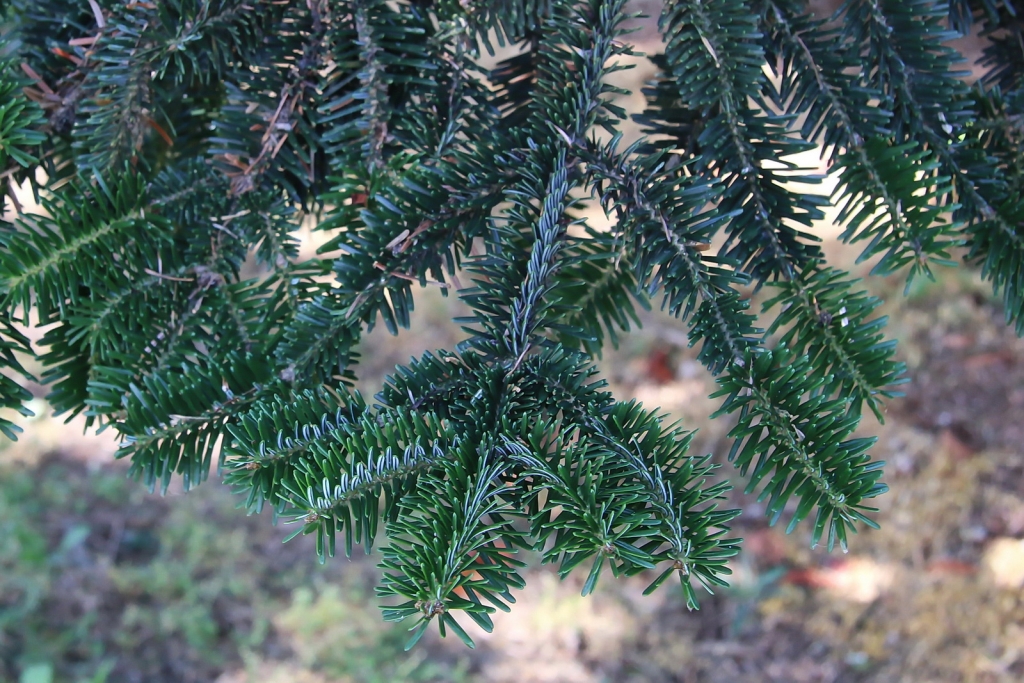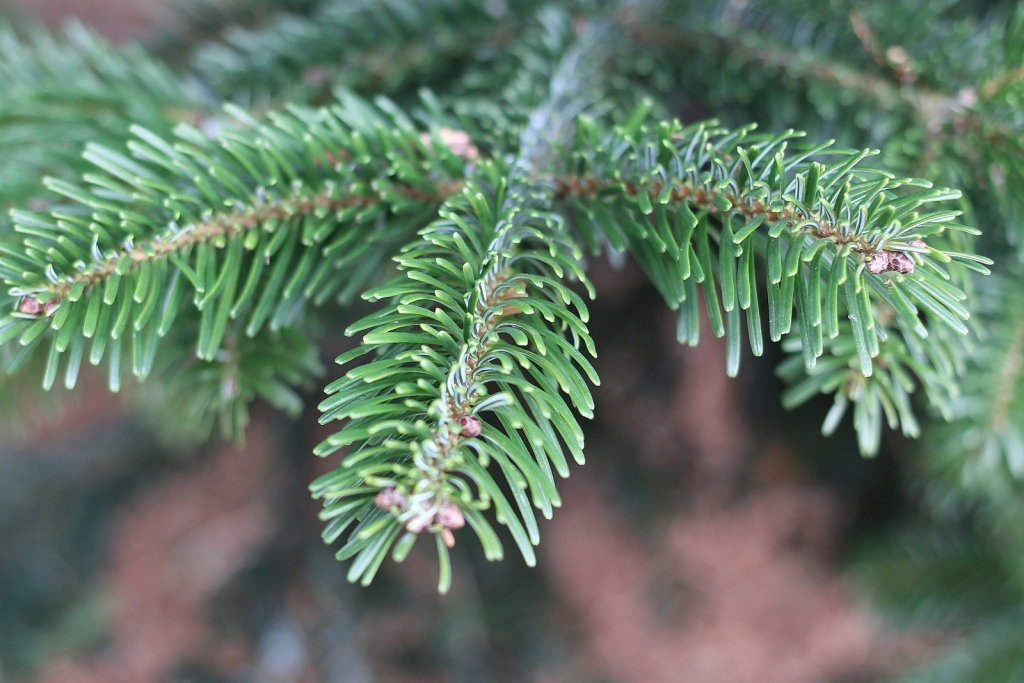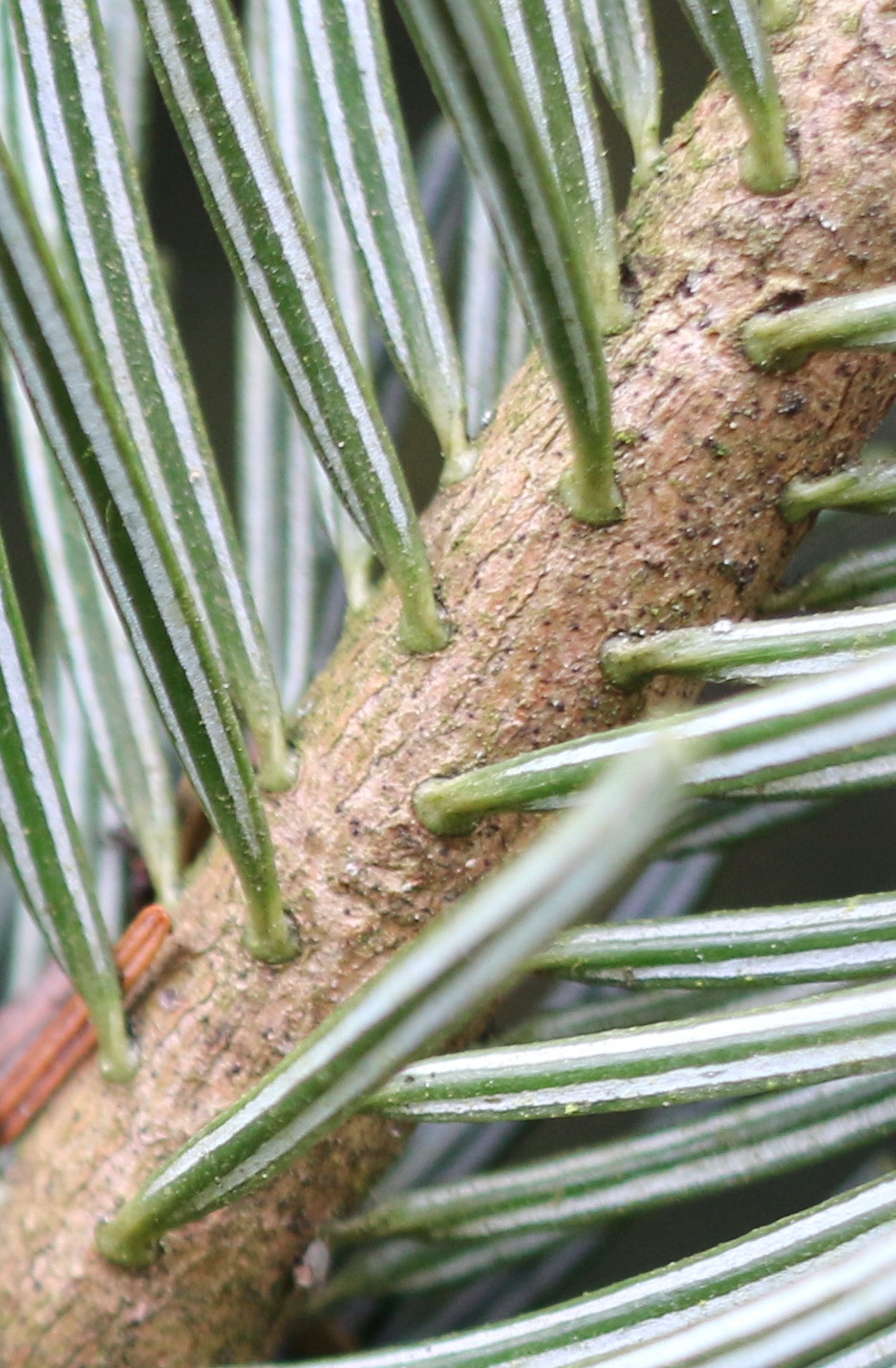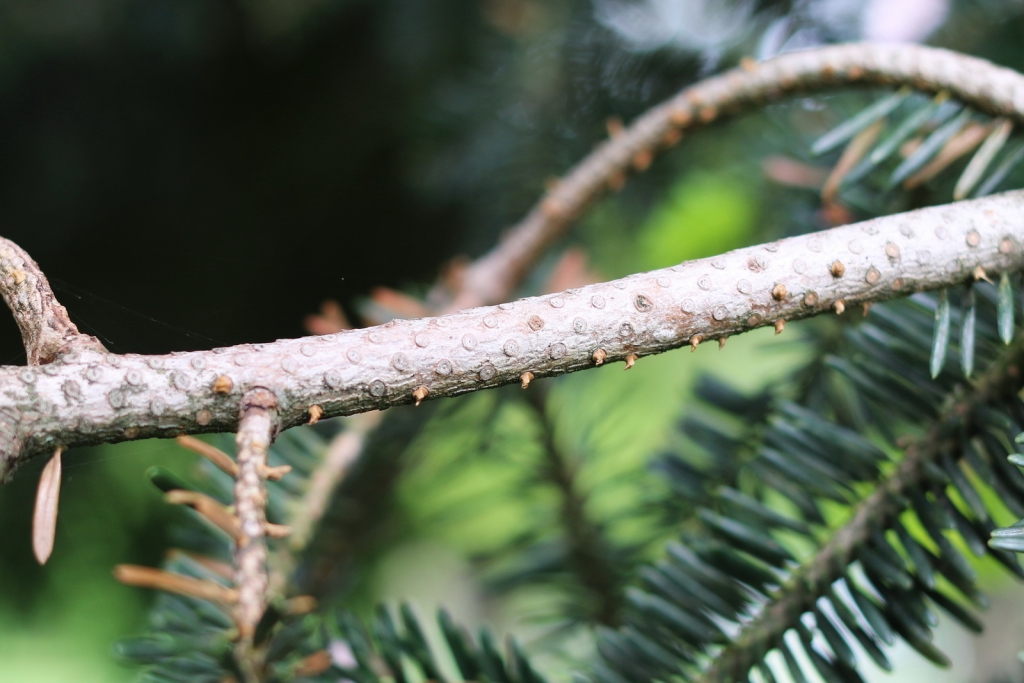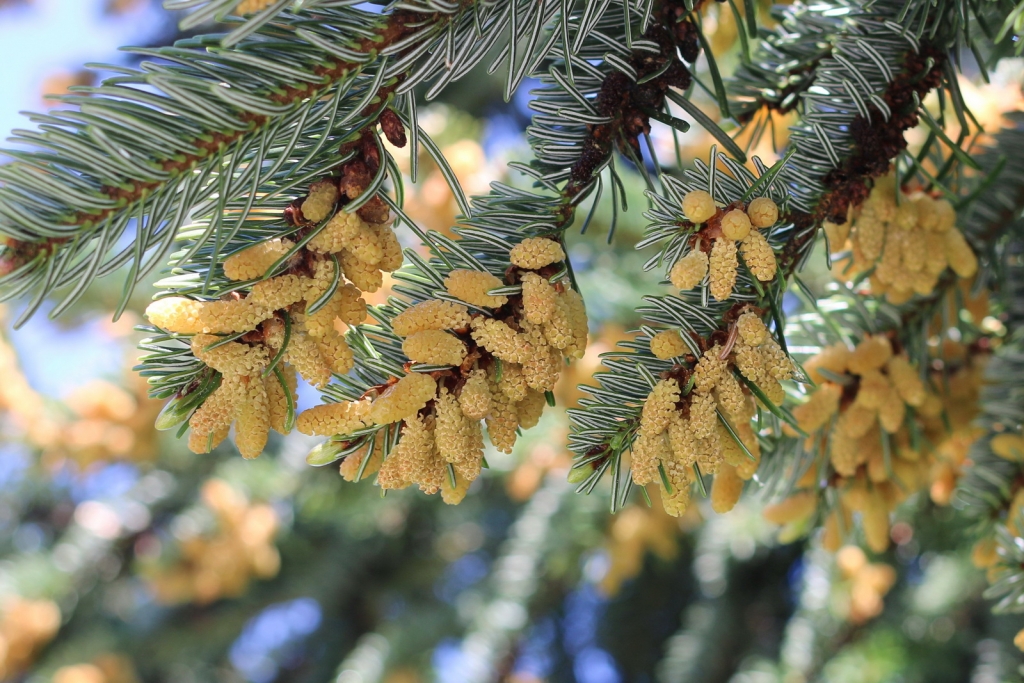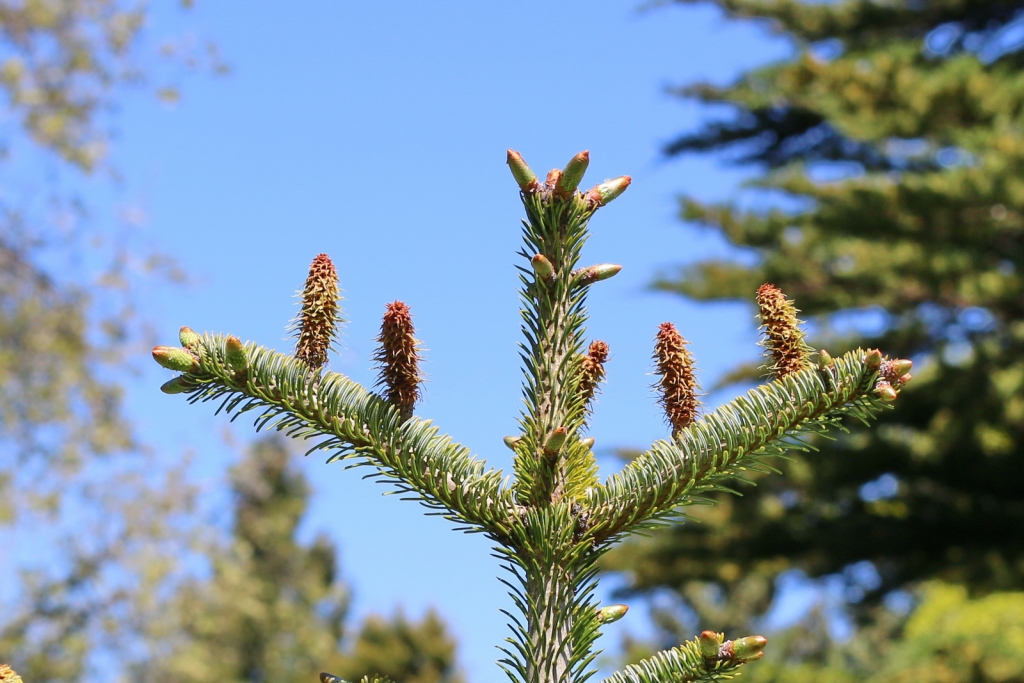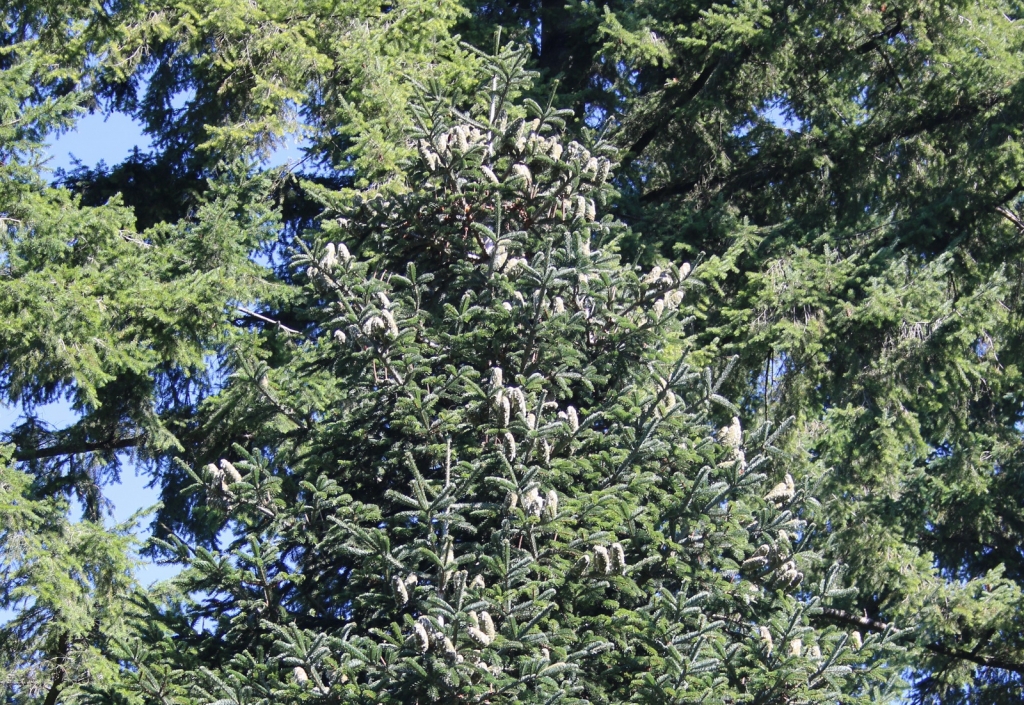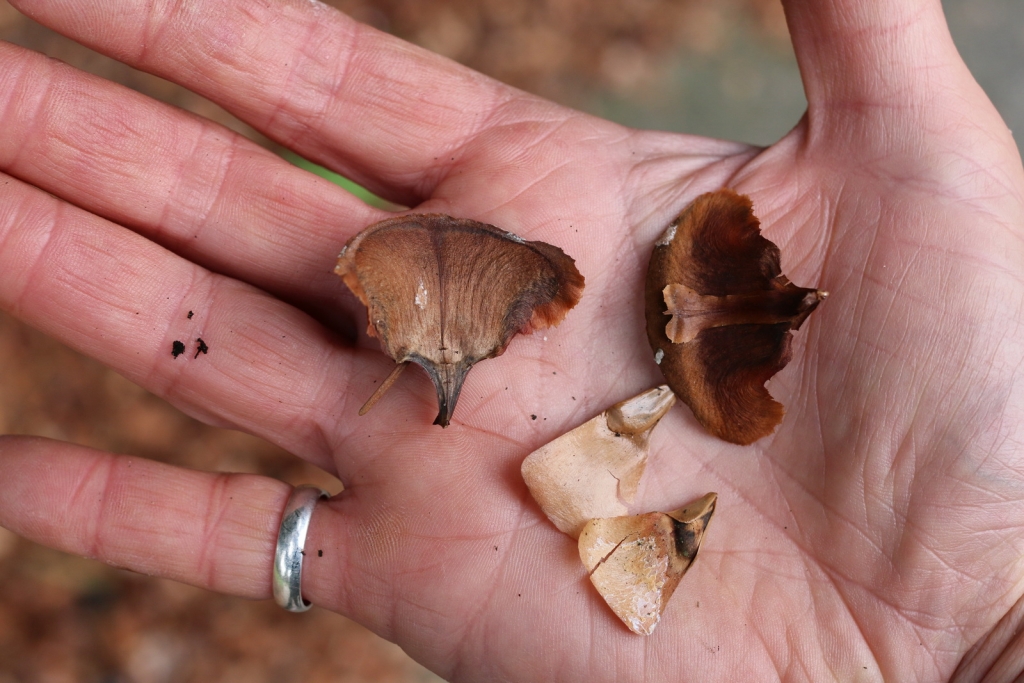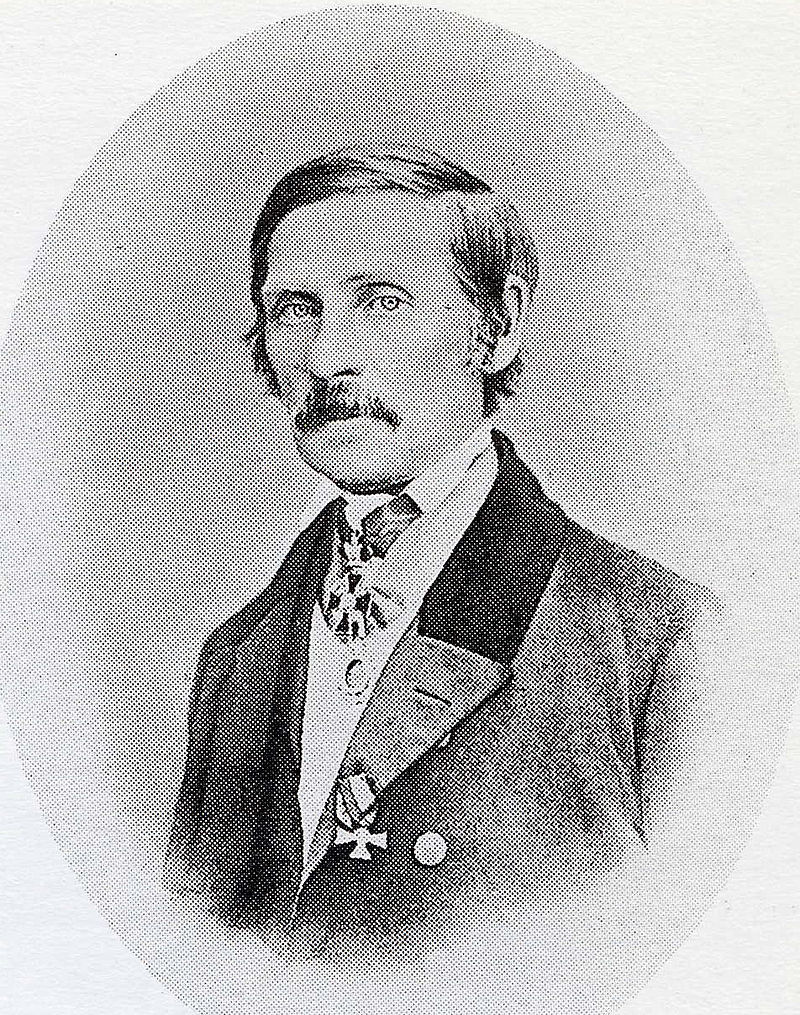Abies nordmanniana, as described in 1841 by Christian von Steven (1781 - 1863), later completed by Édouard Spach (1801 - 1879), in Histoire Naturelle des Végétaux. Phanérogames, 11th edition; is commonly known as Nordmann or Caucasian fir, also as Pikhta kavkazkaya in the Finnish language. The species is named in honor of Finnish zoologist Alexander von Nordmann (1803-1866), Professor of Botany at Odessa, Russia.
There are two subspecies (treated as distinct species by some botanists), intergrading where they meet in northern Turkey at about 36°E longitude:
Ethnobotany. This fir is one of the most important species grown for Christmas trees, being favored for its attractive foliage with needles that are not sharp, and do not drop readily when the tree dries out. It is also a popular ornamental tree in parks and large gardens, and along with the cultivar 'Golden Spreader' has gained the Royal Horticultural Society Award of Garden Merit. The wood is soft and white, and is used for general construction, paper, etc.
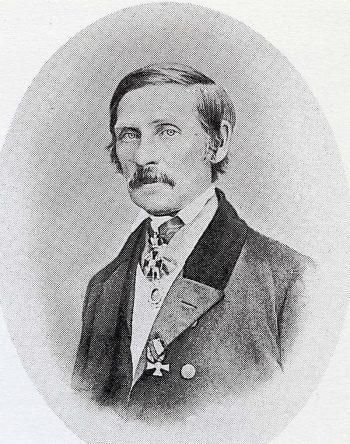
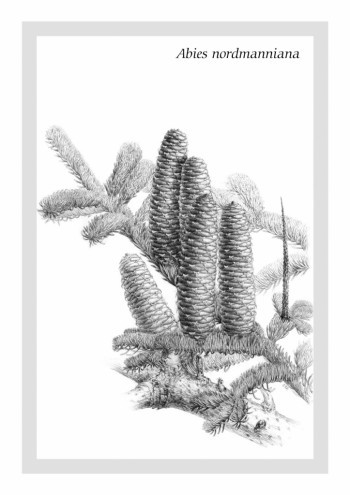
Description. Nordmann fir is an evergreen coniferous species of tree which will grow to mature heights of 200 feet (60 m) tall and with a trunk diameter of up to 6.5 feet (2 m) in diameter, measured at breast height. In the Western Caucasus reserve, some specimens have been reported to be 256 feet (78 m) and even 262 feet (80 m) tall making them the tallest trees in Europe.
Distribution. This species is native to the mountains west and east of the Black Sea, in Turkey, Georgia, Russian Caucasus and northern parts of Armenia. It grows at elevations of 3,000 to 7,200 feet (900 - 2,200 m) above sea level on mountains with annual rainfall of over 40 inches (1,000 mm). Current distribution of the Nordmann fir is associated with the forest refugia that existed during the Ice Age at the eastern and southern Black Sea coast.
Hardy to USDA Zone 4 - cold hardiness limit between -30° and -20°F (-34.3° and -28.9°C).
